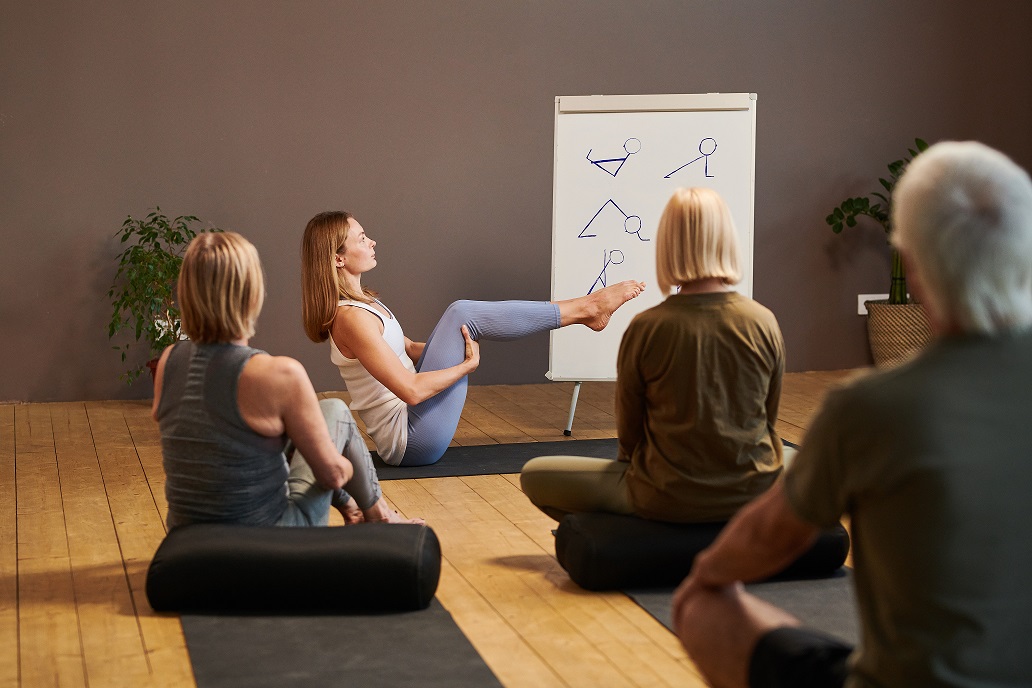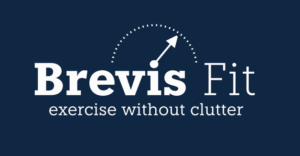Introduction
In this article, we will look into the definition of exercise. The whole topic will be split into two parts. In the first part, we will look at the theoretical concepts that describe exercise at its core. From that, a practical example description will follow in the second part. At the end of this two-part article, our goal will be to understand the true meaning of exercise, being able to differentiate exercise from other physical activities, and possess the basic knowledge of what to aim at while exercising.
Energy expenditure: The basic unit of physical activity
The most coarse term to start with is physical activity. As defined by the World Health Organization, physical activity consists of any kind of movement produced by our skeletal muscles, which requires energy expenditure [1]. Energy expenditure is therefore the core physiological result or consequence of any physical activity. Playing basketball, walking across the street, dancing, fighting, or lifting weights are all valid examples.
Skill requirements: When simple is more effective
After energy expenditure, the second common property among all physical activities is the skill required for the proper execution of the activity itself. Based on that, some activities require regular practice and a level of expertise before we are able to perform them properly and, most importantly safely.
Simple movements are appropriate for any population
The less the skill required for performing a particular physical activity, the more this activity is suited for exercise purposes. With low skill requirements, the activity can be adapted to a broader audience from the beginning. We could call such activities beginner-friendly. There is no real good reason why the technical skill of performing a movement for the purpose of exercise should be increased through the exercise program. Additionally, because the performance of the movement is relatively trivial, most of the mental focus can be put on the specific goal we want to achieve with exercise, i.e. the purpose of exercise.
Physical activity
Any kind of physical activity burns calories. However, this doesn’t imply that positive changes will follow from that.
Skill based activites
For the purpose of exercise, movements need to be as simple as possible, so you can focus on the internal cues.
Exercise
In exercise, we focus on stimulating the adaptive response at the trained are or muscle group.
Goal direction: External versus internal cues
Finally, all physical activities have some sort of goals or cues, which one uses as markers of successful execution\performance. We know of two types of cues:
- external and
- internal.
External cues can be perceived with our sensory system i.e. sight, touch, smell, and sound – exteroception. On the other hand, internal cues are perceivable signals that arise from our body, like feelings of hunger, thirst, muscle burn, etc. – interoception.
Based on that distinction of cues, we propose the following binary distinction of physical activities: External and internal goal-driven activities.
External goal-driven activities
External goal-driven activities are activities, where we are focused on reaching an external target or event. Throwing a ball into a basket, completing a dance, or lifting 100 lbs of weights overhead are all examples of external goal-driven activities. The main purpose of these activities is to achieve the external goal; what happens with our body (positive physiological change or possible injury) is of secondary importance. The exercise tools used to serve mostly as a marker of goal completion. For instance, when lifting a barbell above the head, the barbell with the total weight is used to prove a certain amount of weight has been lifted in a certain fashion. The tool used has to be of specific properties since it is a marker for result comparison.
Internal goal-driven activites
Opposite to that is internal goal-driven activities. Here, we are looking for internal (bodily) cues that signal a physiological state that invokes the desired improvement or adaptive response. Most internal cues that we perceive in exercise, come in the following forms:
- slower speed of exercise execution,
- increased breathing from and elevated heart rate,
- tingling sensations from lactic acid buildup, etc [2].
Most of the time, these cues can be perceived in parallel and are a sign of muscular fatigue. By continuing the exercise we cab eventually reach a point of momentary muscular failure – MMF. It is the state of MMF that signals a deep level of fatigue by which the body responds with adaptation.
RESISTANCE TOOLS ARE USED TO FATIGUE MUSCLES MORE EFFICIENTLY
Resistance tools like water bottles, barbells, stones, machines, etc., are used only to effectively reach this state and nothing more. The tool used therefore doesn’t really matter if the end goal can be achieved effectively and safely. To make sure that this goal is achieved efficiently and safely, we also need to take into account the laws of biomechanics and understand the muscle joint function. With this, we avoid mechanical sticking points, disadvantages joint angles, and resting phases or sections of the movement. All this makes exercise that more precise and direct at reaching the target goal: a deep level of muscular fatigue, which promotes positive adaptations.
Defining Exercise
As was described in this blog post, exercise is a physical activity, aiming to improve our health and fitness. To make this improvements a goal and target of every single workout, exercise has to be commit to the following rules:
- one should focus on internal cues as targets,
- movements used for exercise have a low level of skill requirement and
- movements follow the laws of biomechanics and muscle joint function.
Most physical activities are not Exercise
If we go through these three rules, we see that very little amount of physical activity can be counted as Exercise. Namely, the most important concept of Exercise is that we focus on the internal cues. Specifically, we focus on cues, that are a sign of muscular fatigue. By doing so, we are aggressively and efficiently reaching for the stimulus that will trigger the sought-after adaptive response – improvement in health and longevity.
The more we practice a physical activity, the less it fatigues our muscles
While other physical activities can fatigue our muscles, the level of fatigue veins down over time. This is because we focus on the skills needed for mastering the activity. With time, we get better at avoiding fatigue in order to be better at the activity itself. This makes us better at the activity but weakens the stimulus for muscular improvement. After the initial period, we mostly improve our skills, not muscle quality.
Exercise is appropriate for young, elderly, and physically impaired
While the first rule focuses on the strength of the stimulus, the two rules focus on long-term progress and sustainability. With a low skill requirement, Exercise can be performed without any preconditions. Therefore, it is appropriate for young adults, the elderly, and the physically impaired.
The laws of biomechanics avoid injuries and support longevity
Finally, similarly to physiotherapy, Exercise follows the laws of anatomy biomechanics. For that reason, we avoid an extended range of motion and inappropriate loading of the muscles.
Only by combining all of the aforementioned aspects into one physical activity can we call it Exercise. By this, we make exercise possess the following properties:
- A high level of intensity or effort serves to provide deep fatigue.
- Low skill requirements allow for steady improvements related to improvement in muscular structures.
- Following the laws of biomechanics increases the safety level.
- Both low skill requirements and biomechanics allow for long-term and sustainable progress for decades.
- Following all of the requirements, the exercise by effect becomes short in duration and infrequent.
Conclusion
In this blog post, we have defined the theoretical concept of exercise. Comparing exercise to other physical activities, the main distinction we outlined here is the target we are seeking. With exercise, we are looking at the most direct mechanism of health improvement. And we are trying to reach the target as effectively as possible. We are focused on cues that signal mechanisms that will improve our health and longevity. We do not focus on external markers of success, but rather seeking for signs of muscle fatigue that will provide a positive adaptive response. To make this process more productive and sustainable over the long term, we also want to lower the skill level required and reduce the chances of injury. By definition, exercise should improve our health. And getting injured, does not serve well that cause. Lastly, because of the nature of exercise, the time required is low. The low time requirement is however traded off with high intensity of effort put into the exercise.

